How to Plant Curly Kale from Seeds
Curly kale is a nutritious, easy-to-grow leafy green that fares well in varied climates. It is loaded with vitamins A, C, and K, fiber, and antioxidants, making it a superfood. It’s easy to plant kale from seeds even if you just have a few pots or a garden.
| Number of Seeds | 20 |
|---|---|
| Sowing month | Feb to Oct |
| Sowing temperature | 20-40C |
| Sun | minimum 3 hours |
| Harvest | 45-60 Days |
Why Grow Curly Kale?
Not only is kale healthy, it is simple too. Also Add it to salads, soup it, put it in a smoothie, or add some to stir-fries. Cold-tolerant also, this plant is perfect to include in backyard garden beds.
Step-by-Step Kale Growth Instructions from Seed
1. Selection of Right Seeds
Start with selecting superior-quality curly kale seeds from a good supplier. Employ organic or heirloom seeds to provide maximum yield.
2. Preparation of the soil
Kale will do well with loose, free-draining, and rich soil. Incorporate compost or organic manure in the soil to make it fertile. The soil should be pH 6.0-7.5.
3. Curly Kale Seeding
- Seed seeds another ½ inch deep.
- Seed seeds 6-12 inches apart while facilitate good growth.
- Bury seeds with a light dusting of soil and lightly water them.
4. Light and Water
- Provide 4-6 hours of direct sunlight to kale each day.
- Water every day to keep the soil moist but not wet. Root rot occurs from excessive water.
5. Curly Kale Plant Care
- Space seedlings out as they grow to provide sufficient space for each plant.
- Use organic fertilizer at spaced intervals for healthier growth later.
- Weed out to avoid competition for nutrients.
6. Pest Protection
Kale is prone to pests such as aphids, caterpillars, and whiteflies. To keep them away in the long run.
- Also Spray neem oil or organic insecticide.
- Release free natural pests like ladybugs in the garden soon.
Curly Kale Harvesting
- You can harvest curly kale leaves after as long as 50-60 days.
- Harvest outer leaves so inner ones get some time to mature.
- Clean scissors or hand must always be used so the plant is not harmed.
- Petunia double can be grown in same weather
How to Use Curly Kale?
Curly kale can be used after harvesting in several ways:
- Salads – Sliced thin fresh leaves with olive oil and lemon juice.
- Smoothies – Mix with fruits as a nutritious drink.
- Stir-fries – Stir-fry with garlic as a tasty side dish.
- Soups – Also Mix with soups and stews for an added health value.
Conclusion
Lastly Curly kale grown from seed is simple to grow, well worth the effort, and extremely rewarding. It requires minimal care, and you have a constant supply of newly grown greens at your fingertips. Sow a scoop of seeds today and bask in the bounty of this superfood in your own garden!
| Color | Green |
|---|---|
| Germination Level | Easy |
| Growth Pattern | Up right Straight |
| Hybrid or Open Pollinated | Hybrid |
| Ideal location | Partial Sun |
| Origin Country | Japan |
Be the first to review “Curly Kale F1 pack of 15-20 seeds” Cancel reply
You must be logged in to post a review.



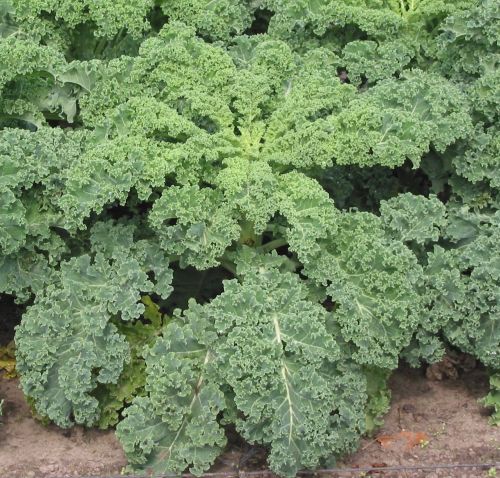
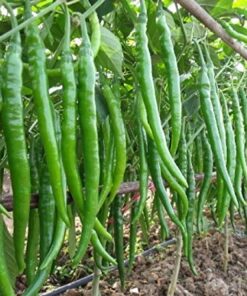
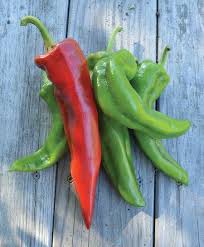
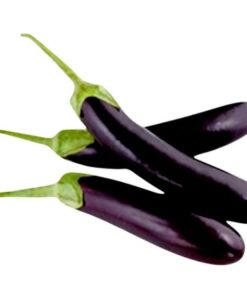
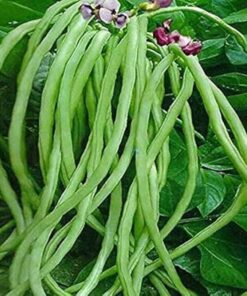
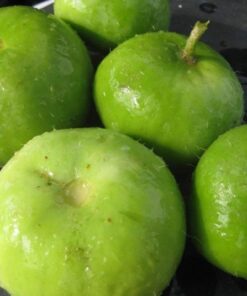

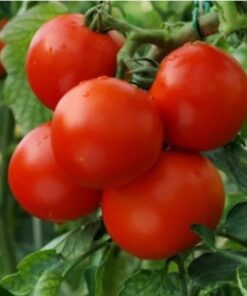
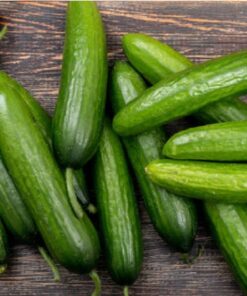
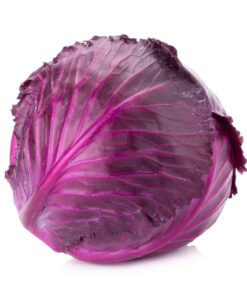
Reviews
There are no reviews yet.